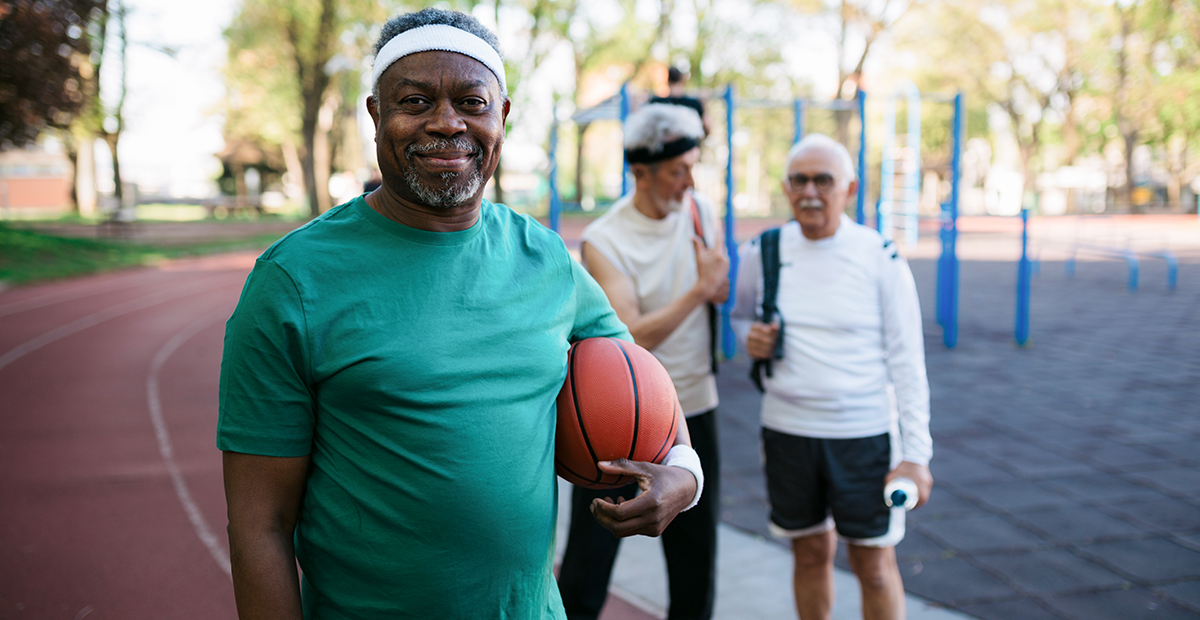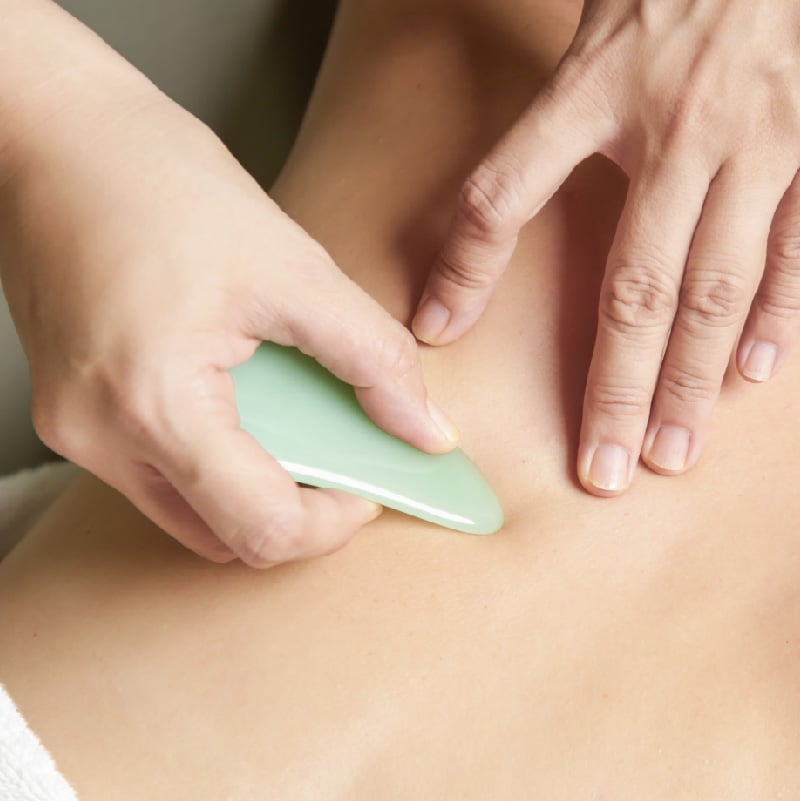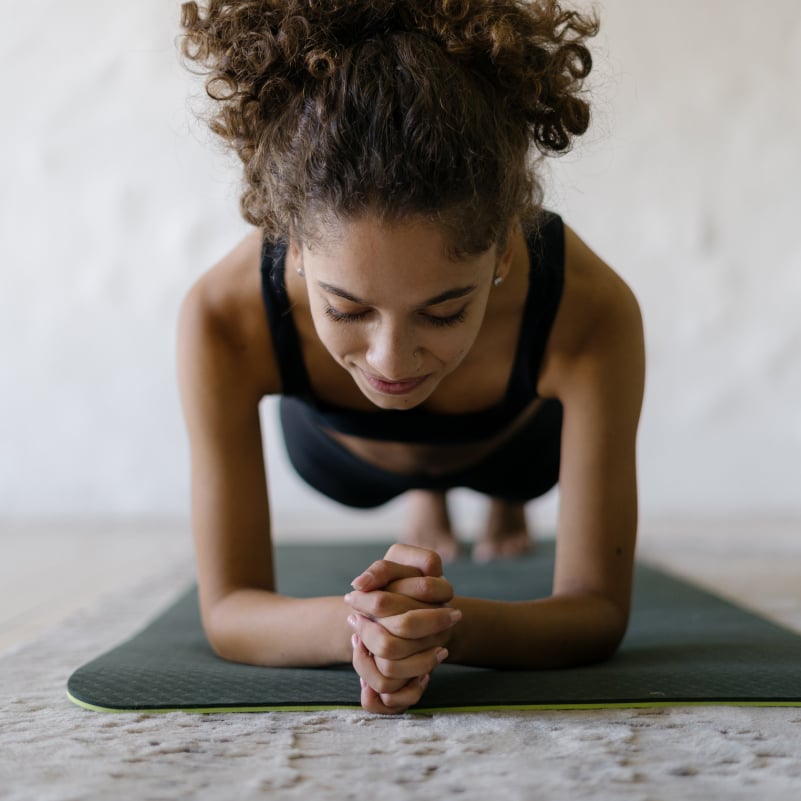Key Takeaways
- Choose a specific physical activity or type of exercise.
- Set a small, specific goal to accomplish with the activity you've chosen.
- Give yourself some grace to miss a day if it's unavoidable. An all or nothing approach does more harm than good.
The first weeks of a new year are here – and so are exercise-related goals. A YouGov poll suggests 22 percent of people living in the U.S. are making exercising more a resolution for 2025 - making it among the top 3 goals for people in the new year.
The American College of Sports Medicine recommends exercising 30 minutes a day, 5 times a week. Research shows 150 minutes of exercise will help to keep your cardiovascular system healthy.
So if you are looking to go to the gym or start exercising more, what does that look like? How do you make sure you are ‘gym ready’ as you start a new routine? We asked these questions and more to Cesar Nava, manager of the Athletic Training program with Rochester Regional Health, and Anna Majek, a certified athletic trainer with Rochester Regional Health. Their answers aim to help you start off your routine on the right foot.
Choose a specific starting point
Everyone has a different starting point for exercise. Some people have been exercising a certain way for a long time. Others are starting to work out seriously for the first time.
How you approach exercise comes down to what you enjoy doing. Think about how you like being active. Does this mean…
- By yourself or with others?
- Outdoors or indoors?
- Using machines & weights or using your body?
“Any type of movement and physical activity is better than nothing,” Nava said. “If you don’t have a great plan immediately, try to think of something that gets your body moving that also makes you happy and do that consistently.”
Everyone also has a reason for wanting to exercise more such as wanting to feel healthier or fit into their clothes better. Finding your ‘why’ goes deeper than that – it’s the reason behind the reason.
For example, someone who wants to feel healthier might ask themselves why they want to feel healthier. Answering this question can provide strong motivation to continue your journey toward feeling (and being) healthier.
“Being healthy is a journey that your mind and body take together,” Nava said. “When you travel, you need to make sure your vehicle on that journey is up to the journey.”
Following through
Once you decide what you want to do, the next step is actually doing it!
Starting your exercise journey means setting a goal so you know where to start and where you want to go. Try to make your goal small and specific – for example, walking 3 times a week allows some flexibility while easing you into the new practice.
Finding a partner or group can be a good way to start something new. When you have someone to check in on you or ask you how you are doing, it can keep you accountable and on track with one another.
Another way to keep yourself motivated is to choose a form of exercise that costs money. When there are financial stakes involved, like a monthly membership, people often feel more inclined to ‘get their money’s worth’ out of a class or activity and follow through on their decision.
Fueling your body
There is a popular saying that, in life, you get out what you put in. This is especially true with nutrition; fueling your body with healthy nutrients before you exercise will give you a better experience.
Starting 1-2 hours before your workout, keep these basics in mind: stay hydrated with water or an electrolyte drink, eat something with carbohydrates before, and eat something with protein after you are finished.
“Pay attention to how you feel before, during, and after your physical activity,” Majek said.
Using the MyPlate tool is a good way to be intentional about the types of food and drink you are eating before and after exercise. It is also helpful for determining how much you need to eat or drink each day to maintain a healthy weight and lifestyle.
If you think a trained professional might be able to better help you figure out the best types of nutrition to meet your needs, consulting with a registered dietician is a good place to start.
Keep on going
Exercising can be challenging. There are days when it is not fun. With this in mind, try to choose types of activities you like to do that make you happy. If you are forcing yourself to do something physical that doesn’t make you happy, the likelihood that you will follow through with it is lower.
If your life around your new exercise routine is forcing you to, it’s okay to miss one day. Give yourself a day off if you need it. You can get back on track the next day – just make sure you follow through!
If the activity you are trying is still making you feel irritated for more than a few days, switch it up. Even if you had planned on doing, for example, rock climbing for 30 days but don’t enjoy it, choosing to ride a bike instead is perfectly fine – as long as you are still active.
In the end, our experts agree that doing something is better than not doing anything.
“If you spend 10 minutes on a bike compared to spending 10 minutes on the couch, it may not be what you had planned for but it is something you enjoy doing,” Majek said.









